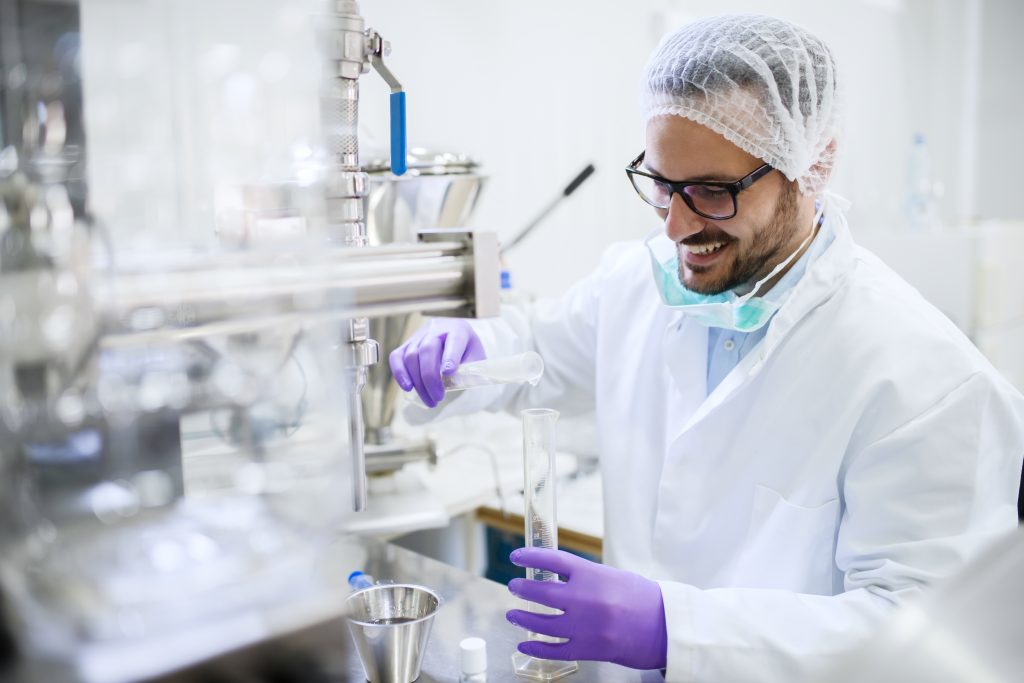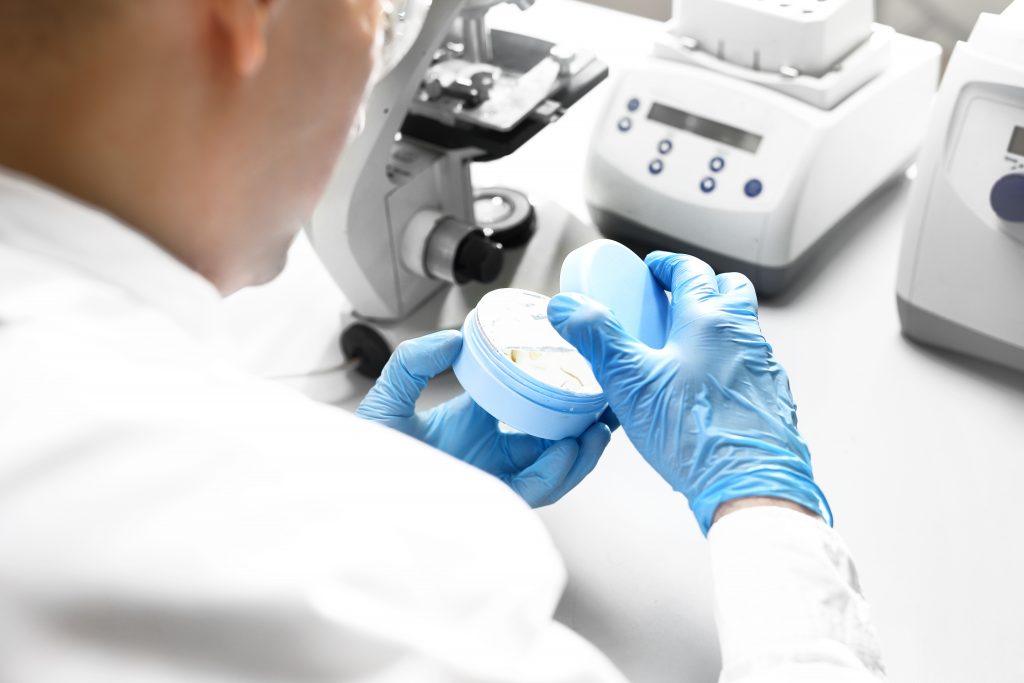
With increasing pressure at plants and labs, consumer package goods (CPG) companies need to improve performance and resiliency as part of their digital transformation journey. The lab is no exception. Digital transformation of beauty & personal care operations is at an inflection point driven by new consumer and personalized health demands, including the demand for science-driven innovation, which has been impacted by the shift in category spending and connected experiences with personalized health. Lastly, we see CPG manufacturers accelerating product and operational changes to meet the sustainability mandate while ensuring brand equity and business model protection.
However, transformation of the lab requires new methods of working with predictability and efficiency. Many companies are still using legacy methods such as spreadsheets or disconnected systems, and manual process workflows and scheduling are done at infinite capacity. These old ways of working reflect some major challenges in this space: paper-based lab systems and/or disconnected systems are still predominant and make sharing and leveraging existing knowledge difficult. Working on a global scale with products developed, manufactured and tested all over the world adds extra complexity to collaboration and the exchange of data and methods. Tech transfer between different domains is key for successful operations, but at the same time it is hindered by a lack of integration and difficult collaboration. Compliance pressure from all agencies like the Food and Drug Administration (FDA) are increasing, which requires more non-value-added steps in the laboratory — not only in execution, but also the documentation of tests performed. Data integrity must be proven.
The lab is very often considered a bottleneck. Research scientists must wait for results on product characteristics, development needs as well as methods and specifications. At the same time, manufacturing is waiting for the test results of raw materials to be used in the production process and the certificate of analysis for final product release. But processes are often manual, disconnected and require time-consuming and costly review steps.

One way to address a lot of these challenges, including quality, is to address inefficiencies and bottlenecks in our various labs. This is where lab informatics solutions start to become important. So, what do we need to do? We have to consider all the requirements of lab operations and the needs and priorities of the lab managers. Lab operations need to become more productive to help improve overall margins, so we have to support the lab workflow, documentation, scheduling and execution.
Labs in the different domains of research, development and quality must be connected to collaborate and share knowledge on a global basis. They need to support compliance by strictly following rules and regulations, and they need to make sure there is full traceability and a data chain of custody. Labs must work in a compliant but also efficient way, minimizing compliance efforts. This is why digital continuity—the digital thread of data, knowledge and processes across domains — is so important.
To support all these needs, you should be:
- Integrating data, processes, resources and people, both inside and outside the organization
- Standardizing processes and experimental protocols, data and data formats, meta data and naming conventions and specifications and methods
- Improving overall laboratory operational excellence
Focusing on these three drivers will ensure long-term success.
The promise of digital transformation of the lab as such should be part of any overall digital transformation strategy within operations. As a crucial aspect of your CPG operations, it is equally important as the supply chain or manufacturing operations. With the right business and technical approach driving these functions to operate harmoniously, beauty & personal care companies have a real chance to transform and become resilient. The digitally transformed lab of the future is digitally connected, collaborative, agile, global and optimized against finite resources and constraints, taking into account real-time events that affect delivery both internally and externally. Having a digital platform that fosters agility, real-time visibility and can optimize people, processes and constraints between lab operations and production is critical to success. Companies who take this approach find several benefits are achievable, such as shortened lead time/time to market, quicker New Product Introductions (NPIs), improved efficiency, increased on-time delivery, faster compliance and improved staff productivity.
Where are you on the journey to transforming your lab?
For more information on this topic, I invite you to view Dassault Systèmes’ webinar to see the benefits of transforming your lab as well as workflow and scheduling to drive greater competitiveness and take advantage of the opportunities presented by today’s CPG market and operations challenges. Click here to view the 45-min webinar.

